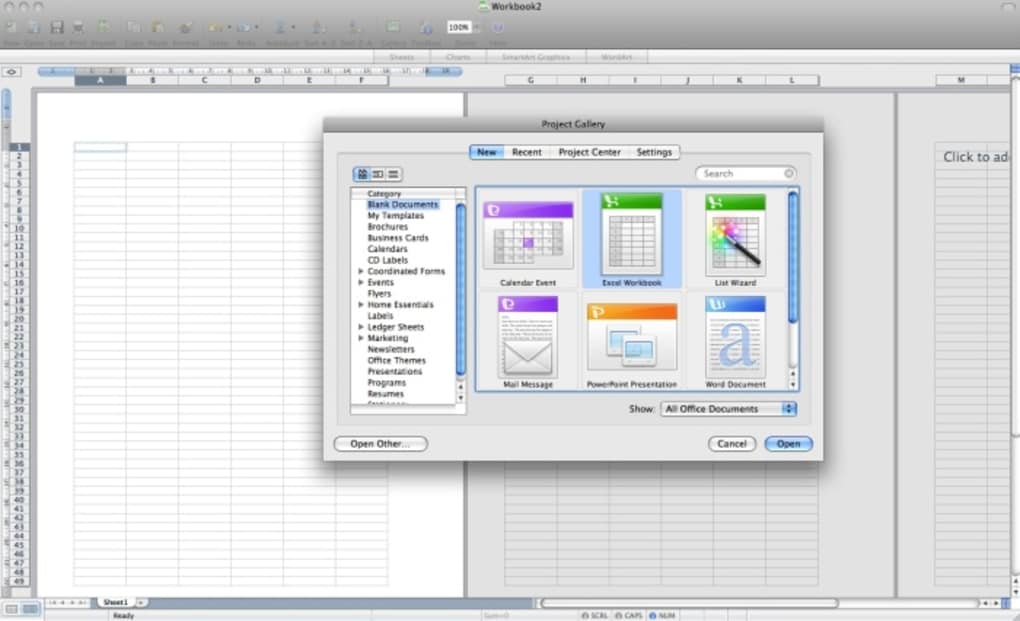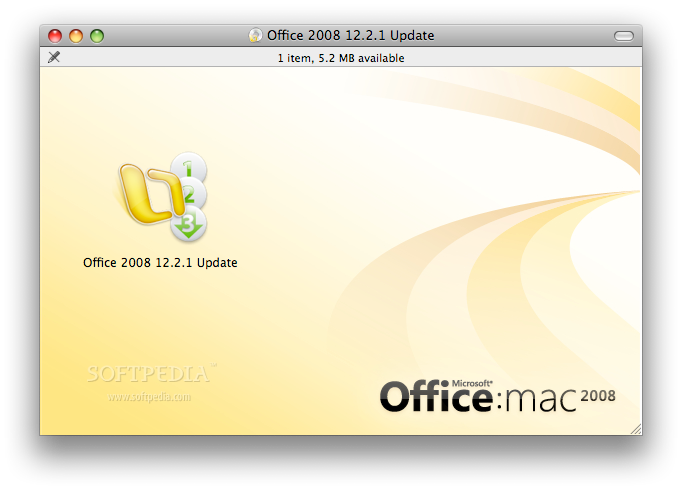
Alpine’s commercial loan volume was up 23.2 percent compared with second quarter 2007. “We’ve never really changed our standards,” Roop said. The Register Star looked at statistics of 30 of the 32 banks with branches in the Rock River Valley and found that 24 of them had more commercial industrial loans as of the end of June compared with 2007, and 14 had 20 percent more loan volume.īill Roop, president of Alpine Bank, said the key to growing in tough times is consistency. It doesn’t surprise me that (C&I) lending has increased.” They are looking for different outlets, and going into business for themselves may be one of them. “We have more clients because people are being laid off or taking early retirements. “There’s really no bad time to make (commercial and industrial) loans, even in an economic downturn,” said Pam Schallhorn, director of the Illinois Small Business Development Center at Rock Valley College. According to data from the Federal Deposit Insurance Corp., most banks doing business in Boone, Ogle and Winnebago counties have aggressively grown their commercial and industrial portfolios. In the Rock River Valley, however, the opposite appears to be true (data on local banks' solvency available here). Indeed, in a Federal Reserve study released in August, 65.3 percent of the banks responding reported that they have tightened lending standards for companies with annual sales of less than $50 million. The worry is that banks, suffocated by residential loan losses, will cut back on commercial and industrial lending as well, stifling economic growth. 5 when Silver State Bank in Henderson, Nev., was seized.Īnd two weeks ago, the largest domino yet fell when the federal government seized control of tottering mortgage giants Fannie Mae and Freddie Mac, after the two companies combined lost $14 billion during the past year.Įconomists have been watching the growing crisis with alarm. This year, 12 banks have been taken over by the Federal Deposit Insurance Corp. The mounting losses first swamped investment banks, then mortgage brokers, then banks. A five-year run of record home sales, built largely on free-flowing credit, gave way to a record run of foreclosures. They are working with the city on funding the rest of the $500,000 needed to turn the more than 100-year-old former produce warehouse into six condominiums selling for about $200,000 each.įor the banking industry, the past 18 months have been the most trying since the savings and loan crisis of the 1980s. “They said they were going through some problems, experiencing some issues in their loan department and they just couldn’t do the project,” said de la Uz, who quickly contacted several other lenders and finally settled on a loan from Beloit, Wis.-based Blackhawk State Bank.ĭe la Uz and his partners were able to buy the 9,100-square-foot River East Lofts at 202 N. With his property management background and construction expertise among his partners, everything looked good until he got a phone call from his prospective lender.


When Rockton’s Javier de la Uz and his partners were looking for financing to buy and complete a condominium project in downtown Rockford, he first approached the bank with which he does most of his personal business. “They said they were going through some problems, experiencing some issues in their loan department and they just couldn’t do the project,” said de la Uz, who contacted other lenders and settled on a loan from Beloit, Wis.-based Blackhawk State Bank.



 0 kommentar(er)
0 kommentar(er)
